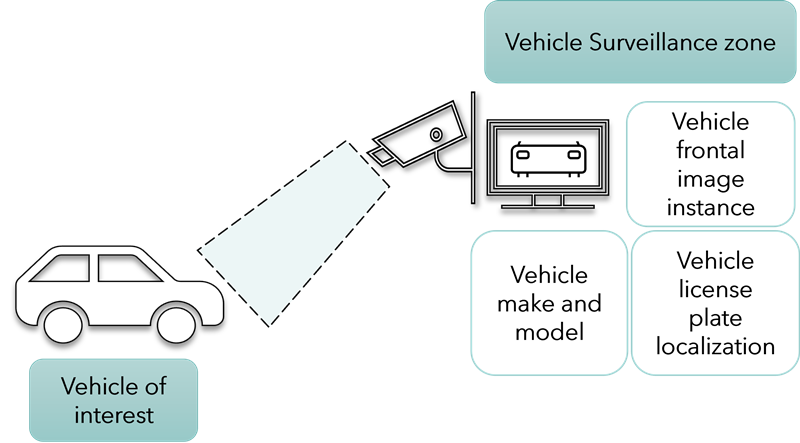Article
Version 2
Preserved in Portico This version is not peer-reviewed
Polygonal Dataset for Vehicle Instance Segmentation for Private Surveillance System
Version 1
: Received: 22 December 2022 / Approved: 26 December 2022 / Online: 26 December 2022 (06:47:23 CET)
Version 2 : Received: 27 January 2023 / Approved: 28 January 2023 / Online: 28 January 2023 (02:42:34 CET)
Version 3 : Received: 29 January 2023 / Approved: 30 January 2023 / Online: 30 January 2023 (08:58:50 CET)
Version 2 : Received: 27 January 2023 / Approved: 28 January 2023 / Online: 28 January 2023 (02:42:34 CET)
Version 3 : Received: 29 January 2023 / Approved: 30 January 2023 / Online: 30 January 2023 (08:58:50 CET)
A peer-reviewed article of this Preprint also exists.
Ottakath, N.; Al-Maadeed, S. Vehicle Instance Segmentation Polygonal Dataset for a Private Surveillance System. Sensors 2023, 23, 3642. Ottakath, N.; Al-Maadeed, S. Vehicle Instance Segmentation Polygonal Dataset for a Private Surveillance System. Sensors 2023, 23, 3642.
Abstract
Vehicle identification is an important task in traffic monitoring because it allows for efficient inference and provides a cause for action. Vehicle classification via deep learning and other approaches such as segmentation is a critical tool for re-identification. In this paper, instance segmentation is used for vehicle make identification with license plate detection, allowing for better unique vehicle recognition for re-identification. An existing dataset is re-annotated and modified for polygonal segmentation of the vehicle’s unique frontal features, resulting in representation of the vehicle with its frontal form learned. In addition, an additional license plate identification class is added for efficient re-identification further down the re-identification and tracking pipeline. Furthermore, an additional class of license plate identification is added for efficient re-identification further down the re-identification and tracking pipeline. The results showed improved classification as well as a high mAP for the dataset when compared to previous approaches based on CNN and deformed CNN. Furthermore, a deep residual network and fully connected layer-based classification were utilized as the backbone for feature representation. Instance segmentation detects objects by segmenting and classifying regions of interest. The imbalance in the dataset is resolved using a mosaic-tiled approach, which produces greater precision than other approaches evaluated for in the paper.
Keywords
Instance segmentation; Classification; Vehicle make classification; Mosaic-tiled augmentation
Subject
Engineering, Electrical and Electronic Engineering
Copyright: This is an open access article distributed under the Creative Commons Attribution License which permits unrestricted use, distribution, and reproduction in any medium, provided the original work is properly cited.
Comments (1)
We encourage comments and feedback from a broad range of readers. See criteria for comments and our Diversity statement.
Leave a public commentSend a private comment to the author(s)
* All users must log in before leaving a comment










Commenter: Najmath Ottakath
Commenter's Conflict of Interests: Author